For anyone courageous enough to survive the long off-road, hot, dusty trip through Kenya’s semi-arid northern border plains, the Ndoto Mountains in Samburu County offer an oasis. This region had been plagued by insecurity for so long that most people were unable to reach there until lately.
The several hills that make up this mountain range, which stretches 40 kilometers from southeast to northwest, create a breathtaking vista of jagged peaks and valleys in stark contrast to the surrounding plains. One of these hills, the 1800m high Aldera, provides a reasonably simple day climb from the Ngurunit base at 800m.
How to Get There
Take Thika Road out of Nairobi and drive to Karatina town.
Turn right onto the road to Nanyuki after another 12.5 kilometers towards Nyeri, then travel 300 kilometers via Nanyuki, Isiolo, and Merille (the end of the tarmac) to Laisamis, where you will turn left. The settlement of Ngurunit, at the foot of the Ndoto Mountains, lies roughly 70 kilometers along this gravel road.
Accommodation
Lasamu Camp is located close to the Ngurunit River and features Samburu-style cottages, pit latrines, and a shower. Steven Labarakwe may be reached at +254 706 385905, [email protected], or lasamucamp.wordpress.com.
Ndoto Mountain Guides
Ndoto Mountain guises can be accessed through the assistance of the manager and staff at Lasamu Camp.
Related

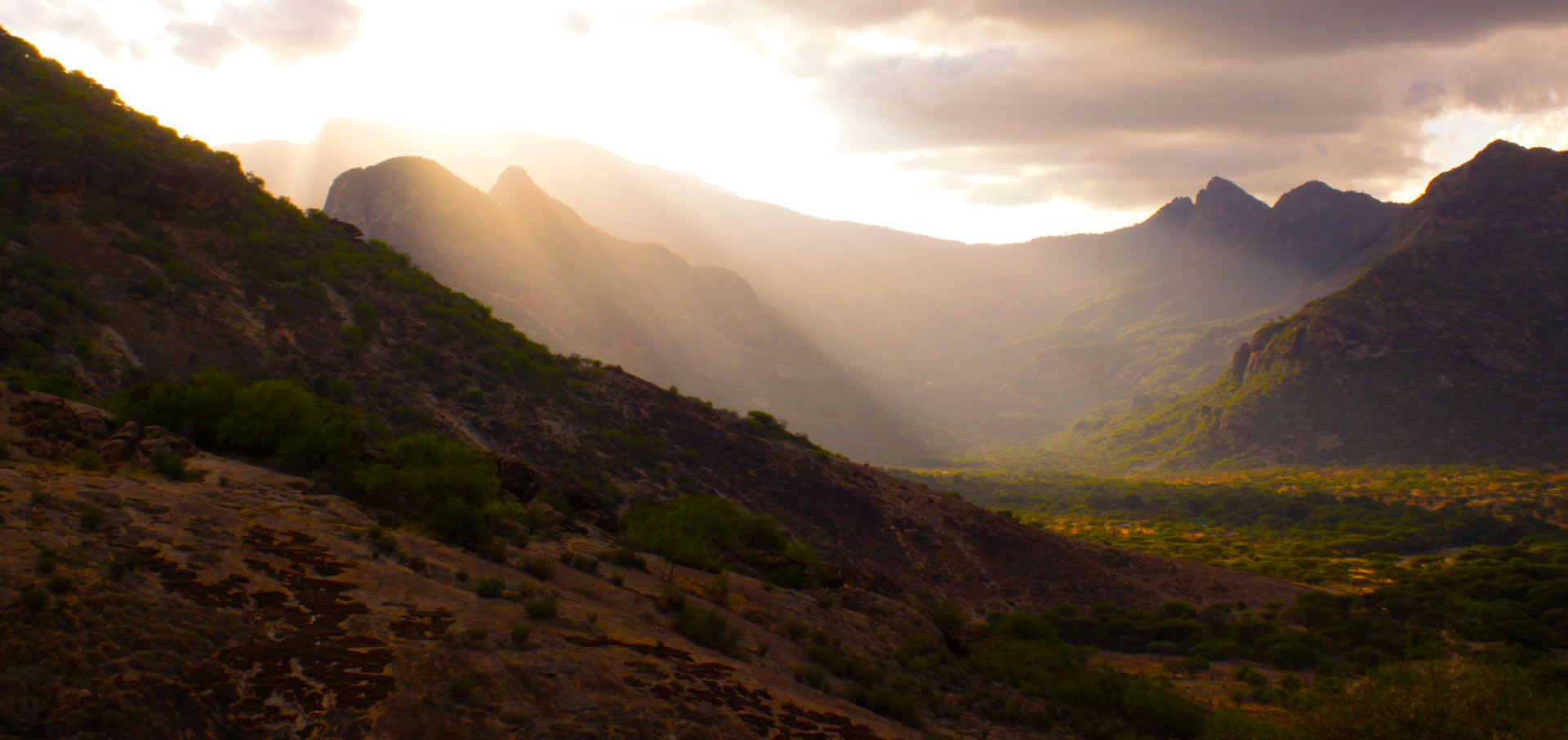
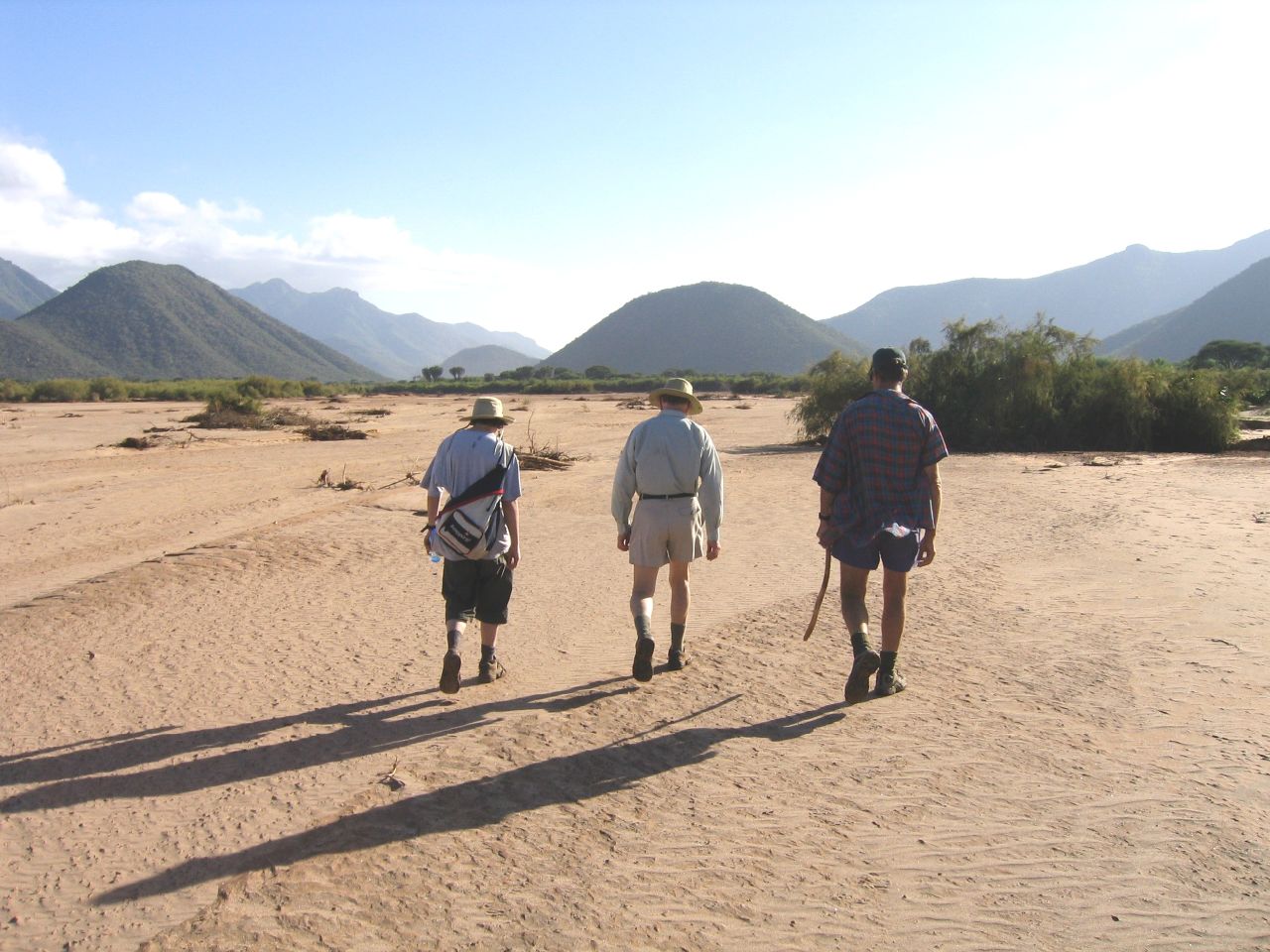
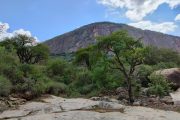
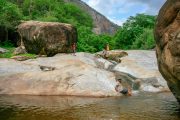
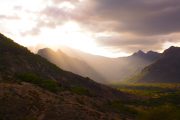
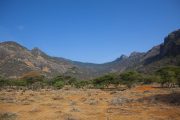
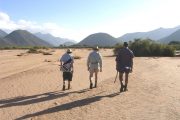
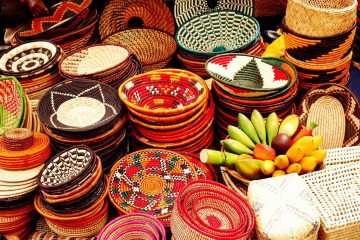
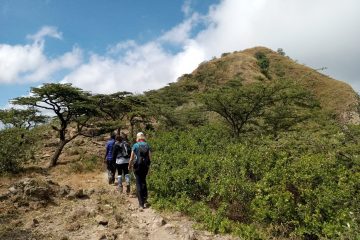
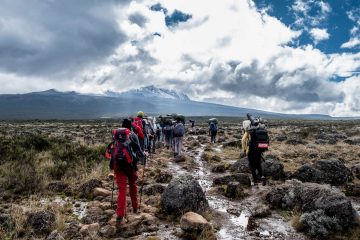
Tour Reviews
There are no reviews yet.
Leave a Review